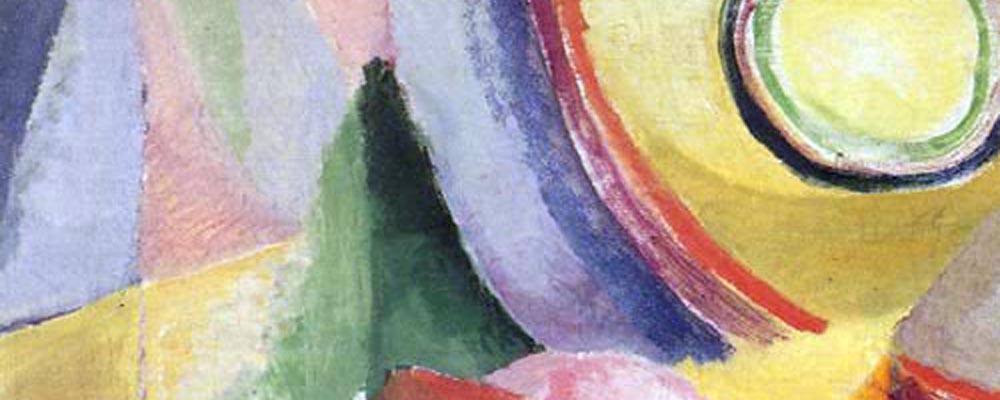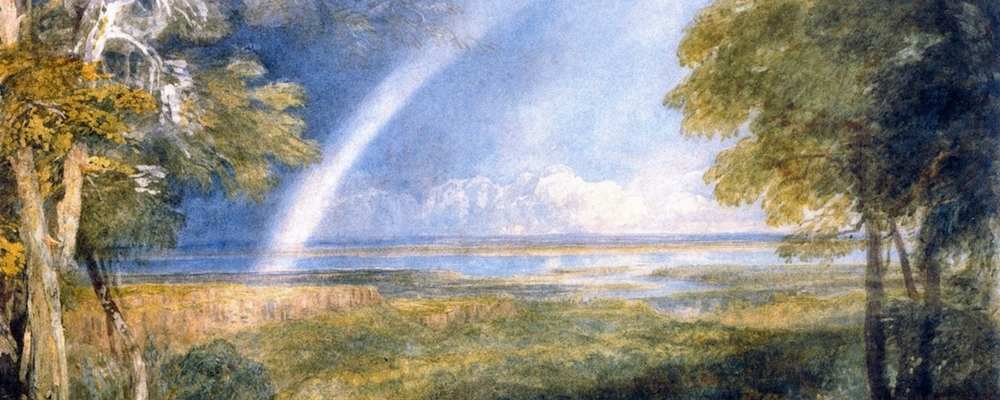
As a child and an unstoppable reader, I was irresistibly drawn to strong and headstrong female characters. Whether Harriet M. Welsch (of Harriet the Spy fame), Claudia Kincaid (From the Mixed Up Files of Mrs. Basil E. Frankweiler), or Anne Shirley (of the infamous Anne of Green Gables), these young women felt like friends and soulmates: impetuous, energetic and, at times, a little noisy. Their stories invited me to reflect on my own experiences and, in particular, on the young woman I was and wanted to be.
Literature enthusiasts have long extolled the virtue of narrative to engage and delight individuals in this very way. Salman Rushdie once wrote, “Man is the storytelling animal. . . his stories are his identity, his meaning and his lifeblood.” But both the hard sciences and the social sciences confirm what a good book makes us feel: narrative powers the connections between individuals. In his inimitable way, narrative scholar Jerome Bruner describes, “Our sensitivity to narrative provides the major link between our own sense of self and our sense of others in the social world around us.” And the business world is catching on, with new energy for the strategic value of stories and storytelling in internal and external communications.
But does narrative’s power to connect run deeper than the way we tell our brand story or the way in which we persuade others to a cause?
Read More

One needn’t look too hard to find evidence that diverse workplaces are more innovative and tend attract a broader pool of new potential hires. And recent McKinsey research demonstrates that companies with diverse workforces perform better financially as well.
But, in a recent Books@Work session, a participant’s comment left me thinking about the inadequacies of diversity by itself. “Proximity is not inclusion” he said, referring to a story by Chinua Achebe, “Dead Men’s Path.” Reflecting on the story’s depiction of a spectacular failure of communication, he challenged the assembled group: If we can’t find ways to share our discomfort, challenge our assumptions, and open our apertures to the ideas and experiences of others, can we truly capitalize on diversity and move forward together?
Read More

I have long been a fan of TED. A TED talk distracts you for 18 minutes with a cool “idea worth spreading,” satisfying the yen for a distraction but somehow alleviating the guilt associated with procrastination: like a particularly toothsome snack unaccompanied by the guilt of empty calories. Like many of you, I’ve watched my share over the years, admiring the interlocutory skill, the messaging and the clarity of thought they often represent. And, while I have a few favorites, the one I have watched and recommended more often than any other is Chimamanda Ngozi Adichie’s The Danger of a Single Story.
Adichie is a skilled writer, whose book Americanah numbers among my recent favorites. In The Danger of a Single Story, Adichie shares a cautionary tale – the negative power of literature (and in particular, the traditional Western canon) to weave uniform narratives about other cultures that distort and promote dangerous cultural misunderstanding. Through this “single story” tradition, literature can “open up new worlds” but can also concurrently “rob people of dignity,” dangerously emphasizing “how we are different rather than how we are similar.”
Read More

Last week, my colleague, fellow researcher and Books@Work Board Member, Karen Nestor, encouraged us to rethink workplace learning for the 21st century. By separating “learning to be” from “learning about,” she reminded us that organizational learning culture requires a fundamental shift from training employees to creating regular, varied and meaningful opportunities for individual learning.
But how does a focus on individual learning benefit the organization?
Read More

Many organizations have a very specific language they use – and it takes time to learn! But this common language can be a phenomenal unifier – part of a shared culture that connects colleagues from all corners of the globe. But, the most effective common languages are the ones they invent themselves.
Read More

If a piece of art explores a universal idea, a specific detail often exposes the particular, redirecting a viewer’s emotions to a more personal connection and creating an opportunity for deeper reflection on beauty, love, loss or other ideas. So does the power of detail bring us each closer to an otherwise daunting piece of art.
But the visual arts have not cornered this space. Good literature also has the power to use detail to catapult us back into our own lives, to render personal even the most distant stories.
Read More

Throughout a colorful and productive career, Pablo Picasso exposed form and color, disassembling his subjects and reshaping them in ways that at once obfuscated and illuminated them. In 1923, in a famous written statement, Picasso defended his craft to those who failed to understand his motives and his work: “We all know that Art is not truth. Art is a lie that makes us realize truth.”
So how does this truth-revealing “lie” apply to Books@Work?
Read More

Over the last several years, we have shared the Books@Work idea with many people in a wide variety of organizations across the country. Over and over, a single question consistently emerges: isn’t Books@Work just a book club? The answer is a resounding no. Here are four reasons why not.
Read More

Recent research leaves little doubt that open, connected and inclusive organizations consistently outperform peers in employee wellbeing, innovation and workplace productivity. But the culture required to maintain openness and inclusion assumes an authentically collective mindset – a mindset that differs considerably from the individual focus that dominates Western society. How do we override centuries of Western thinking and open ourselves up to new philosophies of human relationships at work?
Read More









